#Skomer Island
Explore tagged Tumblr posts
Photo

#skomer island#haverfordwest#uk#wildlife#jonny gios#sony photographer#wildlife photography#squirrels#herdys#otters#sony alpha#gios#jgios#beak#puffin
22 notes
·
View notes
Text

Who knows what this bird is called? 🤔 (It flew over my head on Skomer Island recently. 😊🐦)
📸 by @carlbovisnature
#@carlbovisnature#Oyster Catcher#Birds#Wildlife#Nature#Birdwatching#Photography#Skomer Island#Travel
13 notes
·
View notes
Text










#aesthetic#mermaidcore#oceancore#spotify#ocean aesthetic#sea#puffin#puffins#birds#bird#bird photography#skomer#skomer island#uk#island
4 notes
·
View notes
Photo










15 years ago today I visited Skomer Island for the first time. In this photoset is a picture of me on that day, and there last year, as well as photos from our visits to and boat trips around there over the years of; Puffin in 2013, Razorbill and view in 2017, Puffin, view and Kittiwake last year and Gannet from a boat trip around and view in 2014. It really has been a magical place for me to go over the years, giving me those valuable chances to get glimpses into the world of some of my very favourite birds the seabirds and others and amazing experiences right from the very early days of my birdwatching interest. I have grown up with Skomer and fallen in love with Pembrokeshire first going when I was eleven; and getting to go so many times, the anticipation of each of those trips and visiting similar locations across the country has been one of the biggest sources of passion for me over the years.
Still basking in the glow of the post-trip euphoria a month on from our time in Pembrokeshire in 2022, on this date last year I re-posted a poem I wrote about visiting Skomer in 2013: https://dansnaturepictures.tumblr.com/post/685419514206289920/a-poem-i-wrote-back-in-2013-about-visiting-skomer
#photography#birdwatching#wildlife#wildlife watching#gannet#birds#memories#puffin#kittiwake#razorbill#views#view#skomer island#wales#happy#seabirds#birding#seabird colony#pembrokeshire#uk#earth#nature#europe#sea#coast#coastal#coastal views#magical#euphoria
3 notes
·
View notes
Text
The magic of Wales is subtle, but it gently beckons you onwards..

Golden Glow on the cliffs of Skomer Island
#Skomer Island#Pembrokeshire#Wales#Irish Sea#UK#cliffs#alexmurison#golden light#coastline#sunset#nature reserve#wildlife#hiking#landscape#natural beauty#Alex Murison
213 notes
·
View notes
Text
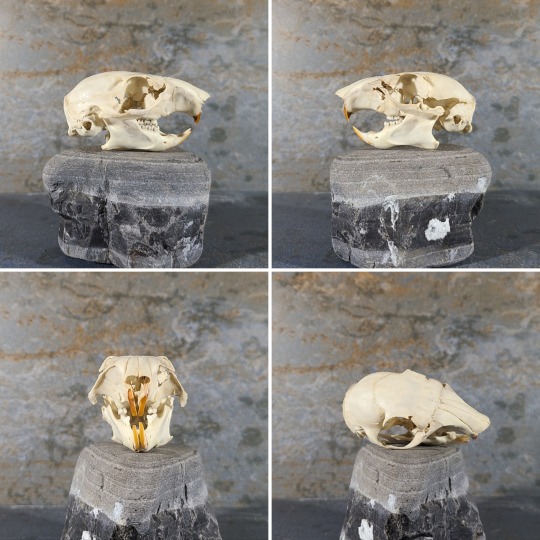

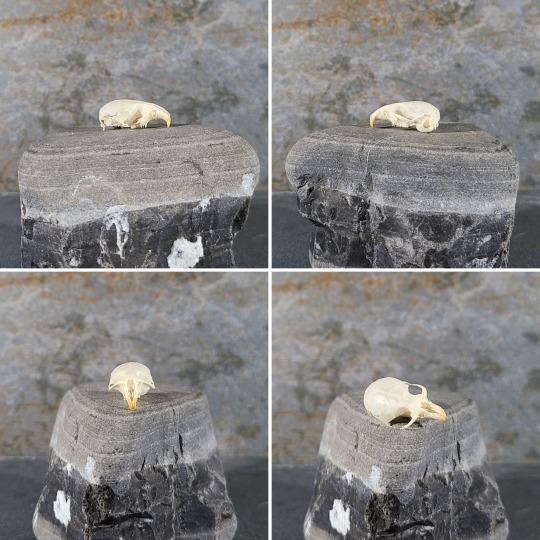
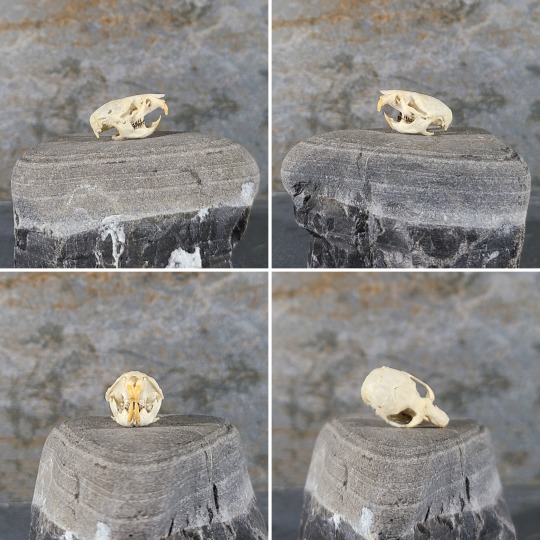

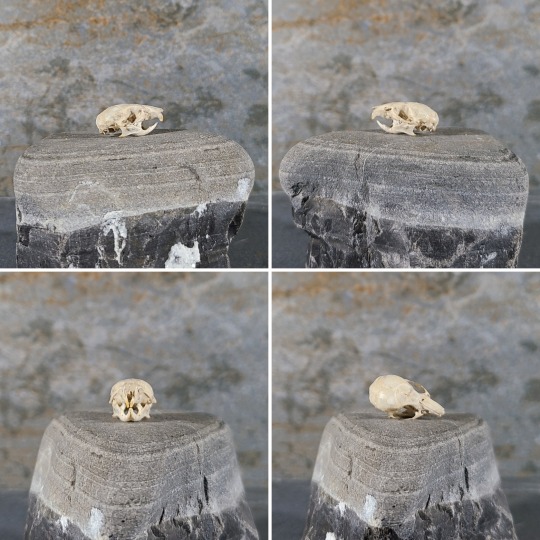
Third day of Mammal Week is all about Rodents!
There are a total of 17 different Rodents across the British Isles and we have less than half of that.
Here there is
Grey Squirrel
Brown Rat
Bank Vole
Field Vole
Wood Mouse
House Mouse
Theres also Red Squirrel, Eurasian Beaver, Hazel Dormouse, Water Vole, Harvest Mouse and Yellow Necked Mouse, all of which are native. On top of that theres also some Island subspecies, the Skomer, Guernsey and Orkney Voles. Skomer being a subspecies of the Bank Vole and the latter of the Common Vole. Not forgetting the Edible Dormouse and the Black Rat both of which have been introduced.
So out of our list theres two species which have been introduced. The Brown Rat and of course the Grey Squirrel, the Brown Rat came in from Asia and the Grey Squirrel is native to North America. The Grey Squirrel however is classed as an Invasive Species.
Both of these species are adaptable, agile and unfortunately are known for spreading disease. Notably the Grey Squirrel having a huge effect on Red Squirrel populations who have no immunity to pox. In addition thier aggressive behaviour (amongst other complications) forced Reds into a select few locations, entirely absent from Southern England Mainland.
But now lets talk about teeth!
Teeth are the easiest way to seperate the last 4 species. Mice have cusped molars and Voles have molars that continuously grow. Then to seperate that further the distinction between Wood and House Mice is the notch in the back of the incisors of the House Mouse which the Wood lacks. In Voles its a little more complicated, sometimes its notable by the length of row of teeth, sometimes even the shape of the teeth pattern as seen from the underside but the distinction between Field and Bank Voles is the second molar the Bank Vole has a paired root and the Field Vole have a single open root on the 2nd upper molar!
24/04/24
#vulture culture uk#vulture culture#oddities#taxidermy#bones#skull#skull collecting#animal skull#curiosities#mammal week
16 notes
·
View notes
Text

Atlantic Puffin (Fratercula arctica) on Skomer Island, Pembrokeshire, Wales.
Running for its burrow with Lesser Sand Eels (Ammodytes tobianus)
photograph by Charles J. Sharp | Wikipedia CC
53 notes
·
View notes
Text
just found a livecam for puffin burrows on skomer island (in wales), and since shearwaters also nest on skomer.....maybe i will see some if i check the cam at night
#contact call#i would love to go to skomer some day#to finally see an active shearwater colony#hopefully i'll see some on the cam...dunno if they'll call much this time of year though#(edit; the cam has no volume anyways :( )#love how i'm using a puffin cam for shearwaters lmao#no offense puffins you are great fun to watch too
3 notes
·
View notes
Note
hi p!! for the plant ask game: aloe vera and cactus pretty please - kiko
hi @mikichko!! i love you!!
aloe vera ⇢ what’s something (mundane) you really want to experience in life?
i want to go see the puffins on skomer island! my ex, S, did some volunteering on the island and they had a great time.
cactus ⇢ something you’re currently learning (about)?
right now i'm learning welsh! dwi'n ddrwg am siarad cymraeg (a sillafu cymraeg)... oops?
plant ask game
#pfh answers#plant ask game#the mutations always fuck me up and i don't have anyone to practice with :c
2 notes
·
View notes
Text

Meadow Pipit and campion. 😍 Taken earlier in the summer on Skomer Island. 😊🐦
📸 by @carlbovisnature
10 notes
·
View notes
Text

Puffins among sea campion on Skomer Island, Pembrokeshire, Wales, United Kindgom
10 notes
·
View notes
Photo



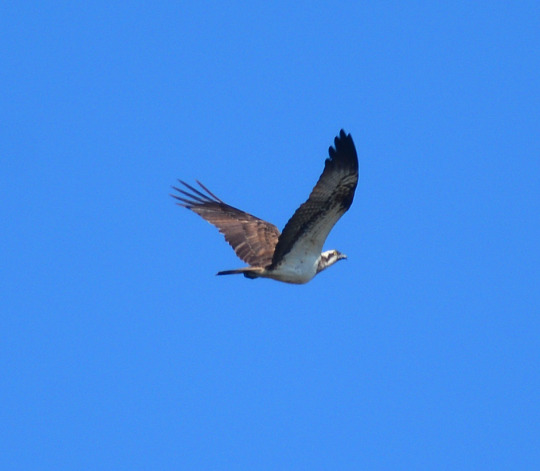
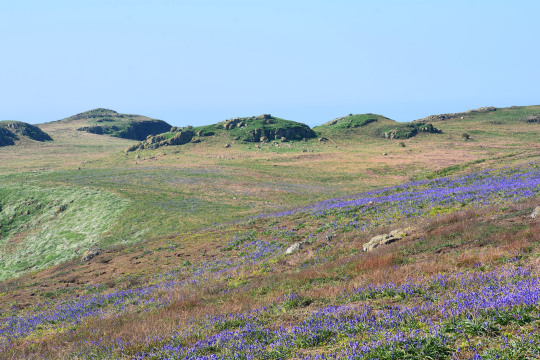
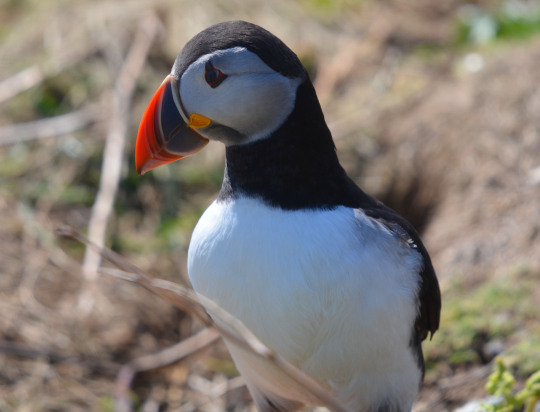

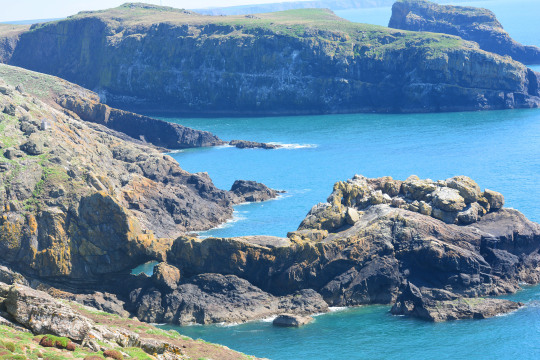


Looking back on an amazing and year defining day twelve months ago today on Skomer Island where I enjoyed seeing so many Puffins, Guillemot, Razorbill, Kittiwake, Fulmar, Wheatears, Willow Warbler, Chough, Red Kite, Harbour Porpoises, Grey Seals, a wonderful Osprey sighting and more. I took the pictures in this photoset that day of; Puffins, beautiful coastal views the habitat I love, sea campion that painted so much of the landscape white that week at Martin’s Haven before boarding the boat, Osprey and Guillemots.
I did these three posts about the day on the day a year ago: https://dansnaturepictures.tumblr.com/post/682628385522008064/26042022-blog-1-of-3-skomer-island-and-martins, https://dansnaturepictures.tumblr.com/post/682628679474511872/26042022-post-2-of-3-ten-landscape-photos-i and https://dansnaturepictures.tumblr.com/post/682629165561872384/26042022-post-3-of-3-ten-photos-i-took-of
#osprey#kittiwake#wheatear#willow warbler#chough#fulmar#world#nature#puffin#puffins#auk#auks#uk#seabirds#pembrokeshire#wales#outdoors#sea#2022#birds#guillemot#razorbill#red kite#earth#amazing#memories#trip#holiday#grey seal#grey seals
16 notes
·
View notes
Text

A puffin brings sand eels to feed its young that are starting to emerge from the burrows on Skomer Island, UK. The island is a national nature reserve in Wales and is home to over forty thousand puffins.
Photograph: Philip Jones/Alamy Live News / Guardian #puffins #wales #skomerisland #naturereserve
3 notes
·
View notes

